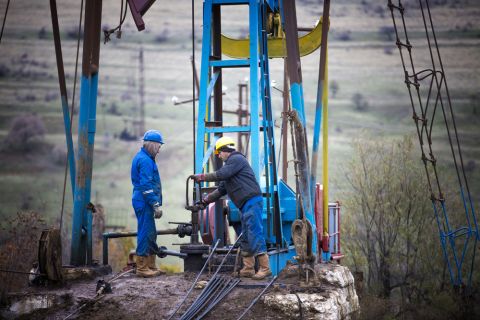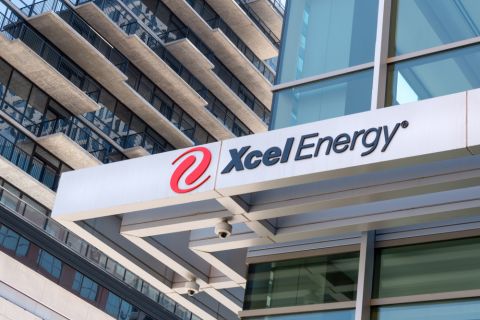When the definitive textbook on successful oil and gas plays gets written, at least a chapter should be devoted to the Barnett Shale. It’s the classic oilfield yarn – a vast amount of natural gas tied up in confounding shale, requiring the derring-do of a few companies willing to experiment until they find the way to crack the code.
Cracking, in fact, is one of the keys to producing shale reservoirs like the Barnett, as is horizontal drilling. Multi-stage fracturing creates several “mini-wells” within a single wellbore, increasing production significantly, and simultaneous fracturing prevents a well being fractured from killing nearby producing wells. The results speak for themselves – Devon Energy Corp. just drilled a well in East Texas that is producing 31 MMcfd, one of the most prolific wells drilled in the US this year.
While no operator is going to complain about this level of production, the fact that new technology applications are creating these super wells is creating a supply-demand imbalance that is keeping natural gas prices low. A recent Wall Street Journal article said that the expected production cutback simply hasn’t happened, despite the fact that companies began stacking rigs in the shale plays earlier this year. In addition to the Devon well, Chesapeake Energy Corp. and Anadarko Petroleum Corp. reported large increases in gas production despite a reduction in spending (and profits).
According to the article, Jon Wolff, an energy analyst with Credit Suisse, said that production has remained high because companies are only drilling in the most productive areas and can demand the best technology and personnel from service companies needing the contracts. Easier credit and somewhat higher prices will probably encourage companies to increase drilling activity, he added.
Analysts at Tudor Pickering disagree, maintaining that the production uptick in August was “a fluke” and predicting higher gas prices in 2010. And Aubrey McClendon, chairman of Chesapeake, told investors during a conference call that it takes time for reduced drilling activity to have an impact on supplies. “Gas production will be down significantly in the months and quarters ahead,” he said.
According to the Baker Hughes rig count, natural gas drilling in the US has fallen 53% in the past year.
Natural gas is currently hovering just below US $5 per Mcf, about double what it was earlier this year. While I’ve not seen metrics regarding the minimum price needed to make shale plays economic, the fact is that operators are drilling shale wells faster and cheaper than ever before. It will be interesting to see whether or not they can curb their enthusiasm.
Recommended Reading
OFS Sector Loses Jobs, but Trade Org Says Growth Potential Remains
2024-05-08 - According to analysis by the Energy Workforce & Technology Council, the OFS job market may still have potential for growth despite a slight decrease in the sector in April.
Dividends Declared in the Week of May 6
2024-05-10 - Here is a selection of upstream, midstream and service and supply companies’ dividends declared in the past week.
Berntsen Joins Xcel as Executive VP, Chief Legal and Compliance Officer
2024-05-22 - Rob Berntsen is assuming the role from Amanda Rome, who had been in the position on an interim basis.
Riley Permian Increases Stake in West Texas Power JV with Conduit
2024-05-22 - Riley Exploration Permian increased its ownership in RPC Power, a JV with Conduit Power, to 50% from 35% and has agreed to sell up to 10 MMcf/d of natural gas as feedstock supply for the generation facilities as RPC plans to sell to ERCOT.
Upstream, Midstream Dividends Declared in the Week of July 8, 2024
2024-07-11 - Here is a selection of upstream and midstream dividends declared in the week of July 8.





